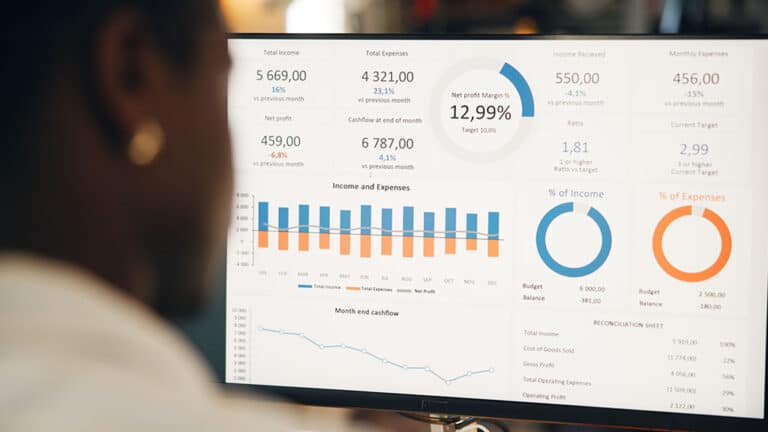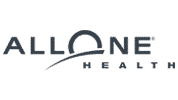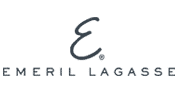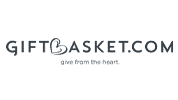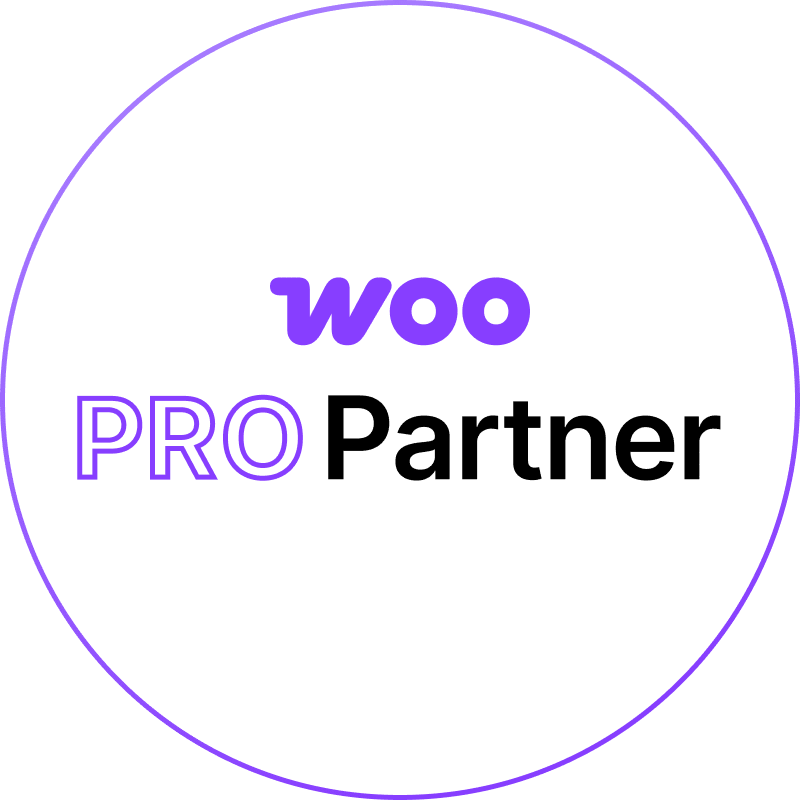PPC Tips Every Small Business Owner Needs to Know
For small business owners, Pay-Per-Click (PPC) advertising offers a powerful way to generate leads, attract customers, and boost sales. Unlike traditional advertising methods, PPC allows businesses to target specific audiences and track results in real-time, making it a cost-effective option for companies of all sizes. The best part? With the right strategy, small businesses can compete with larger brands and achieve significant results, even with limited budgets.
PPC advertising is particularly valuable for small businesses because it provides immediate visibility on search engines like Google. Whether you’re a local café looking to attract foot traffic or a service provider aiming to generate inquiries, PPC can drive targeted traffic to your website quickly. But to succeed, you need to approach it strategically—simply setting up a campaign without clear goals or optimization can lead to wasted spend and minimal returns.
This guide focuses on essential PPC tips every small business owner needs to know to get the most from their campaigns. By setting clear goals, choosing the right platforms, and using your budget wisely, you can create effective campaigns that drive growth and maximize ROI.
Set Clear Goals for Your PPC Campaigns
Every successful PPC campaign begins with clearly defined goals. Without a clear objective, it’s impossible to measure success or determine whether your campaigns are delivering the desired results. As a small business owner, you should start by identifying what you want to achieve through PPC advertising and aligning those goals with your overall business objectives.
For example, if you’re running a service-based business, your primary goal might be to generate leads through form submissions or phone calls. If you’re an e-commerce retailer, you might focus on driving product sales or increasing traffic to specific product pages. Alternatively, some businesses use PPC for brand awareness, aiming to get their name in front of as many potential customers as possible.
Once you’ve established your goals, it’s important to define key performance indicators (KPIs) to measure success. For instance, if your goal is lead generation, you might track metrics like cost per lead, conversion rate, and click-through rate. If you’re focused on sales, monitoring return on ad spend (ROAS) and average order value (AOV) can provide valuable insights.
Setting clear goals also helps you tailor your campaign strategy. Different goals require different approaches, from selecting the right keywords to designing effective ad creatives. By knowing exactly what you want to achieve, you can allocate your budget more effectively and make data-driven decisions to improve your results.
Choose the Right PPC Platform
One of the most critical decisions when launching a PPC campaign is selecting the right platform. While Google Ads is the most popular option, it’s not the only choice. Other platforms, such as Bing Ads and social media platforms like Facebook and Instagram, also offer PPC opportunities that may better suit your audience and objectives.
For small businesses, Google Ads is often the go-to platform because it provides access to a massive audience and the ability to target users actively searching for your products or services. This intent-based targeting is particularly valuable for local businesses looking to attract customers nearby. With features like geotargeting and ad extensions, Google Ads enables you to reach potential customers at the exact moment they’re searching for what you offer.
However, depending on your business and audience, exploring additional platforms might be beneficial. For example, if you’re a visually-driven business like a boutique or bakery, social media platforms such as Facebook and Instagram can be highly effective for showcasing your products and driving engagement. Similarly, Bing Ads may be worth considering if your target audience skews older or if you’re looking for a more cost-effective alternative to Google Ads.
When choosing a platform, consider your target audience, budget, and goals. Each platform offers unique benefits, and the right choice can make a significant difference in your campaign’s success. Combining multiple platforms can also be an effective strategy for reaching your audience across different channels, ensuring maximum visibility for your business. If you’re unsure where to start, partnering with professionals who offer PPC services can help you identify the best platform for your business and craft a strategy tailored to your needs.
Start with a Manageable Budget
One of the biggest mistakes small business owners make with PPC campaigns is overspending before they fully understand how to optimize their ads. Starting with a manageable budget is a safer way to test what works, refine your strategy, and ensure you’re getting a good return on investment before scaling up.
To determine your starting budget, consider your overall advertising spend and allocate a portion specifically for PPC. A good rule of thumb is to start small—perhaps $500–$1,000 per month—depending on your business type and goals. This approach allows you to gather valuable data and measure key performance indicators (KPIs) without overcommitting resources.
As you monitor performance, identify which campaigns or keywords are delivering the best results, and allocate more of your budget toward those areas. For example, if one ad group has a lower cost per conversion and a higher click-through rate, it may be worth increasing its budget while pausing underperforming campaigns.
It’s also important to set daily limits within your PPC platform to avoid accidental overspending. Platforms like Google Ads allow you to specify daily budget caps, ensuring you maintain control over your spending while campaigns are running.
Starting small doesn’t mean limiting your potential—it means using your initial investment to learn what works and scaling up confidently. Once you’ve identified successful strategies, you can gradually increase your budget to reach more customers and drive greater results.
Focus on Local Targeting
For small businesses, one of the most powerful features of PPC advertising is the ability to target specific geographic areas. Local targeting allows you to focus your efforts on customers within your service area, ensuring that your ads are shown to the most relevant audience. This approach not only reduces wasted spend but also increases the likelihood of conversions.
Geotargeting on platforms like Google Ads lets you define specific locations, such as cities, zip codes, or even a radius around your business. For example, if you own a bakery in Austin, Texas, you can set your ads to appear only to users within a 10-mile radius of your store. This ensures your budget is spent on reaching potential customers who are most likely to visit your business.
“Near me” searches have become increasingly popular, with customers looking for products or services in their immediate area. Including location-based keywords, such as “plumber near me” or “coffee shop in downtown Denver,” can help your ads appear in these high-intent searches. Pair these keywords with location extensions to provide users with your business address, phone number, and directions, further increasing the chances of conversions.
Local targeting is also beneficial for seasonal or time-sensitive promotions. For instance, a lawn care company might run PPC campaigns focused on their services during the spring and summer months, targeting neighborhoods where they already have a strong presence. This approach ensures you’re using your budget effectively and reaching customers when they’re most likely to need your services.
Use Long-Tail Keywords to Lower Costs
Small businesses often face stiff competition for high-volume keywords, which can drive up costs. Instead of bidding on generic or overly broad terms, focus on long-tail keywords that are more specific to your business. Long-tail keywords typically have lower competition and cost per click, making them an ideal choice for small businesses with limited budgets.
For example, a term like “dentist” might be too broad and expensive for a small dental practice to target. Instead, a long-tail keyword like “family dentist in Houston for kids” is more specific, less competitive, and likely to attract users who are closer to making a decision. These keywords often have a higher conversion rate because they align with the intent of the searcher.
To find effective long-tail keywords, use tools like Google’s Keyword Planner, Ubersuggest, or SEMrush. These platforms can help you identify phrases with lower search volumes but higher relevance to your offerings. Focus on keywords that reflect your customers’ specific needs, such as “affordable lawn care services in Los Angeles” or “custom wedding cakes in Miami.”
In addition to improving ad performance, long-tail keywords contribute to higher quality scores in Google Ads. When your keywords closely match a user’s search query, Google rewards your ad with a higher quality score, which can lead to lower costs and better ad placements.
By incorporating long-tail keywords into your campaigns, you can attract highly qualified traffic to your website while keeping your costs under control. This strategy ensures that your PPC budget is spent efficiently, delivering better results for your small business.
Optimize Your Landing Pages
A well-optimized landing page can make or break your PPC campaigns. While ads are responsible for driving traffic, it’s your landing page that determines whether visitors convert into customers. For small businesses, ensuring that landing pages are user-friendly, fast-loading, and relevant to the ad content is essential to maximize ROI and avoid wasting your budget.
The first step in optimizing a landing page is ensuring it aligns closely with the promise of your ad. For example, if your ad promotes “affordable family photography services,” the landing page should feature those services prominently, along with pricing, testimonials, and a clear call to action (CTA). A mismatch between ad content and the landing page confuses users, leading to higher bounce rates and lower quality scores.
Speed is another critical factor. Google prioritizes websites that load quickly, especially on mobile devices. Use tools like Google PageSpeed Insights to analyze your site’s performance and implement recommendations for improvement. Compress images, minimize code, and enable browser caching to reduce load times and provide a seamless user experience.
Additionally, focus on creating a visually appealing and intuitive layout. Use clear headlines, concise copy, and eye-catching visuals to engage visitors. Make CTAs like “Book Now” or “Get Your Free Quote” stand out by using bold buttons and contrasting colors. Ensure forms are simple and require only essential information to avoid deterring users from completing them.
A well-optimized landing page not only improves conversion rates but also enhances your ad quality score, reducing costs and boosting the performance of your overall PPC campaigns.
Monitor Campaign Performance Regularly
To achieve sustained success with PPC advertising, small business owners must continuously monitor their campaign performance and make data-driven adjustments. PPC isn’t a “set-it-and-forget-it” strategy; ongoing optimization is critical to maximize your return on investment.
Start by identifying the key metrics that matter most to your business goals. For example, if you’re focused on lead generation, track metrics such as cost per lead (CPL), conversion rate, and click-through rate (CTR). If your primary objective is sales, monitor return on ad spend (ROAS) and revenue generated from your campaigns.
Google Ads provides robust reporting tools to help you analyze performance data, but third-party tools like SEMrush or Google Analytics can provide additional insights. Regularly review your campaign data to identify trends, spot inefficiencies, and uncover opportunities for improvement. For instance, if certain keywords consistently generate clicks but no conversions, consider pausing them or refining your ad copy to better match user intent.
Additionally, monitor your quality scores for each keyword. Quality scores are determined by factors such as ad relevance, expected CTR, and landing page experience. A higher quality score reduces your cost per click (CPC) and improves your ad rank, so it’s essential to identify and address any low-performing scores.
By keeping a close eye on campaign performance, you can make informed decisions to optimize your ads, adjust your bidding strategy, and ensure your PPC budget is being spent effectively.
Test and Refine Your Ads
Continuous testing and refinement are the keys to long-term PPC success. Even the most well-crafted ads can become stale over time, so small business owners should regularly experiment with new ad copy, creatives, and formats to keep their campaigns fresh and effective.
A/B testing is a valuable method for evaluating the performance of different ad elements. Test variations of headlines, descriptions, images, and calls to action to see which combination drives the best results. For example, you might test two versions of a headline—“Affordable Roofing Services” versus “Get a Free Roofing Estimate”—to determine which resonates more with your audience.
Testing isn’t limited to ad copy and visuals. You can also experiment with bidding strategies, ad extensions, and targeting options. For instance, test different audience segments to see if certain demographics or interests perform better. Similarly, try running campaigns at different times of day to identify when your audience is most likely to engage with your ads.
Once you identify winning combinations, use those insights to refine your strategy and apply them across your campaigns. Regular testing ensures that your ads stay relevant and continue to deliver strong results, helping you maintain a competitive edge.
Partner with Experts for PPC Management
While small business owners can manage their own PPC campaigns, partnering with experts can help you achieve better results with less stress. Managing PPC requires time, knowledge, and resources, and many small business owners don’t have the bandwidth to handle every detail while also running their businesses.
Professional PPC services providers have the expertise to create and manage campaigns that drive maximum ROI. They stay updated on the latest trends and platform updates, ensuring your campaigns remain competitive. Additionally, they use advanced tools and techniques to optimize your ads, track performance, and implement data-driven improvements.
When choosing a PPC partner, look for an agency or consultant with experience working with small businesses. They should understand your unique needs, budget constraints, and goals. A good PPC partner will also provide transparent reporting, so you always know how your campaigns are performing and where your budget is going.
By outsourcing your PPC management, you can focus on running your business while leaving the complexities of advertising to the experts. This collaboration can save time, improve campaign performance, and ultimately help your business grow.Ready to take your PPC campaigns to the next level? Contact Zen Agency today to discover how our expert PPC management services can help you drive targeted traffic, increase conversions, and maximize your ROI. Let’s turn your digital ads into measurable success!






